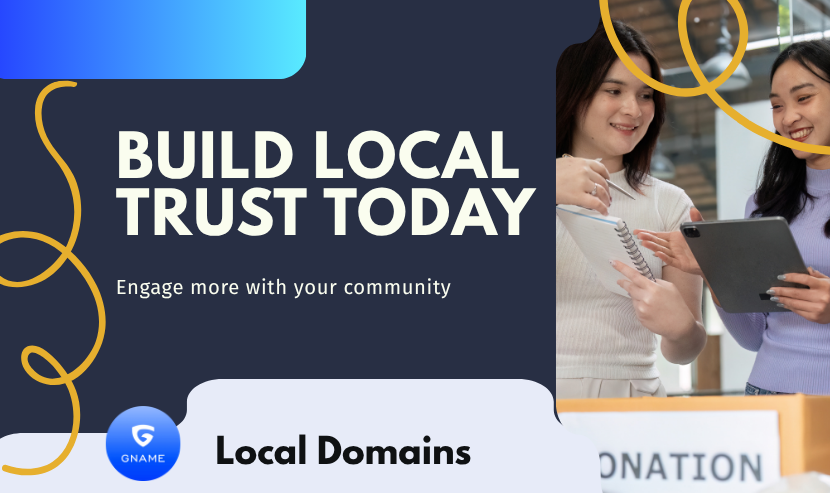In today’s digital world, standing out online isn’t just about having a sleek website or running ads — it’s about showing up in the right place, at the right time, for the right audience. One powerful way to do that? Using a location-based Top-Level Domain (TLD). These are domain endings tied to specific countries, cities, or regions — like `.ca`, `.uk`, or even `.nyc` — and they’re becoming an underrated tool in building trust, improving local visibility, and boosting clicks.
Let’s break down what location-based TLDs are, why they matter, and how to make the most of them.

What Are Location-Based TLDs?
Location-based TLDs are exactly what they sound like — domain extensions that connect your website to a particular place. A bakery in Toronto using www.sweetrolls.ca is a good example. It tells both search engines and people: "Hey, we’re Canadian, and we’re local."
It’s not just about geography. It’s about familiarity. When someone sees a web address that reflects their region, it feels more personal and trustworthy. That emotional connection can mean the difference between someone clicking through — or scrolling past.
Why They’re Great for Local SEO
Search engines like Google take TLDs into account when determining how relevant a site is to a user’s location. That means if someone’s looking for “best accountants in Sydney,” a .au or .sydney domain has a better chance of showing up than a generic .com.
Even better, combining location-based TLDs with regionally focused content and keywords strengthens your local SEO efforts. You're not just telling Google you belong — you're showing it with every page, headline, and link.
Plus, if you serve niche audiences — like eco-conscious shoppers — pairing something like .green with a geographic term can send a strong, clear message about your values and focus.
Building Trust That Clicks
Online, trust is everything. Customers are far more likely to click on — and buy from — a website that feels local. A domain like www.pizza.berlin gives off a different vibe than www.pizzaexpress.com, even if the content is similar.
Local TLDs help show you’re part of the community. That builds credibility — especially important for small businesses competing against bigger players. When someone feels like you "get" their local needs, they’re more inclined to stick around, explore, and convert.
It’s also a great way to carve out a unique identity. In a world of endless dot-coms, having a location-specific domain helps you stand out, feel relevant, and create an immediate connection.
Smart Tips for Getting Started
Thinking of switching to or adding a location-based TLD? Here are a few things to keep in mind:
1. Pick the right TLD:
Choose a domain that matches where your customers are — or where you want to grow. Think about the cultural and commercial relevance too.
2. Keep SEO in mind:
Add local keywords to your content, titles, and metadata to maximize your visibility in local searches.
3. Stay consistent:
If you operate in multiple markets, keep your branding and messaging aligned across domains so you don’t confuse users.
4. Measure your impact:
Use analytics tools to track how your new domain is affecting traffic, engagement, and conversions.
5. Be part of the community:
A local domain is only one piece. Join community events, collaborate with other local businesses, and build real-world connections that reflect online.
Final Thought: A Small Change That Makes a Big Difference
At the end of the day, location-based TLDs aren’t just about technical SEO tweaks — they’re about making your brand feel closer, more relevant, and more trusted by the people who matter most: your local audience.
If you're trying to connect with customers in a specific area, switching to a local domain might be one of the simplest — and smartest — ways to do it.
Because sometimes, the most powerful way to grow online… is to go local.























